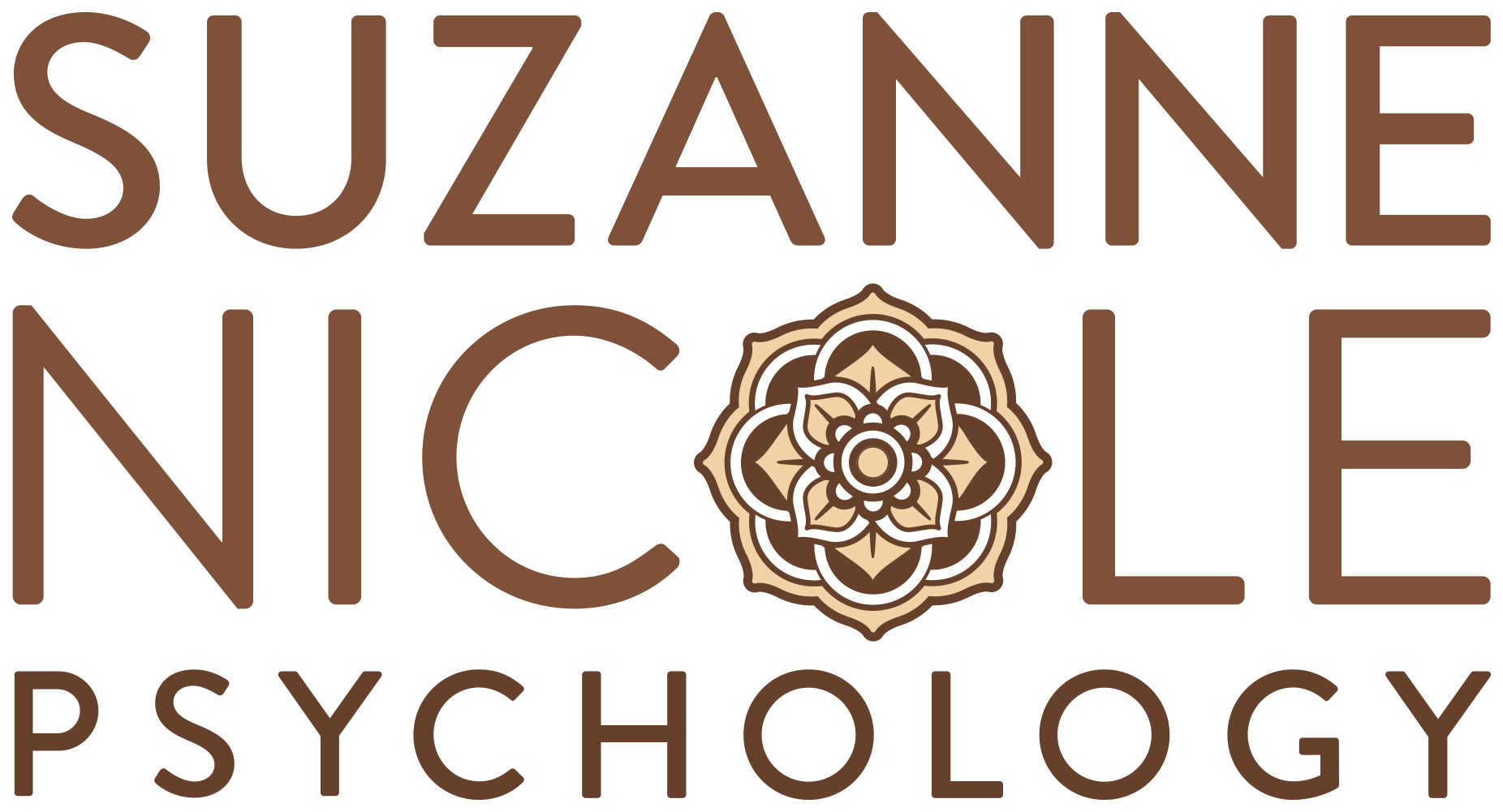On Being Trans Enough: A Different Take
Before I begin. I’m cisgender, a psychologist, and relatively new to understanding trans issues. I hope what I share is helpful to some. I acknowledge my privilege and inevitable ignorance as a cisgendered person. I’m mindful that I never speak on behalf of trans people, how could I? I hope only to offer info that I can speak about with some knowledge, from my position as psychologist, who assists trans people, no more.
I’m sure anyone who is reading this article is familiar enough (maybe too familiar and no doubt much more familiar than me) with the rhetoric around ‘Am I trans enough?’. There are hundreds of excellent articles out there, written by trans people, telling you why you are enough, so I will leave that writing to the experts. What I do want to do here, is give voice to Julia Serano’s ‘Intrinsic Inclinations Model’ (from Whipping Girl: A Transsexual Woman on Sexism and the Scapegoating of Femininity) to give an alternate and refreshing view of understanding sexual and gender diversity. Forgive me if this is common knowledge, as I said, I’m new here.
The Intrinsic Inclinations Model
There are many theories of gender and sexuality out there. From what I can gather, the common theme among most is that they explain one marginalised group quite well, but there are always other marginalised groups who are rendered invisible by the theory. I love Julia Serano’s Intrinsic Inclinations Model because it makes sense for all gender and sexual identities and combinations thereof. It makes every single person’s unique presentation valid and enough, no matter what mix of birth assigned sex, gender identity (I’ll use Julia’s ‘subconscious sex’ instead), gender expression and sexual orientation they have.
According to Julia’s model, subconscious sex, gender expression and sexual orientation are all separate inclinations that are determined independently of one another.
Subconscious sex, gender expression and sexual orientation are deep subconscious inclinations that are hardwired into our beings. Therefore, they cannot be changed by others, social influences, or personal attempts to bury, ignore or change them.
Research has not found any single cause of these inclinations, so we can assume that they are caused by multiple things, with complex interactions. Because of this, each inclination has a continuous range of possibilities rather than two alternative classes (e.g., feminine/masculine; attraction to women/men).
Each inclination roughly correlates with physical sex. So, females are generally feminine presenting and attracted to males and males are generally masculine presenting and attracted to females.
However, like with any female or male quality, there is large variation when we look at individuals. So, if we take the example of height, most women and men are average in height, but there are outliers (or exceptions), with some women and men much shorter and much taller than the average. When we look at individuals, there is a great deal of variation in the exceptions to the average; some men are much shorter than the average height for a woman, and some women are much taller than the average height for a man. Gender and sexuality are no different. Most people are heterosexual and most people’s subconscious sex aligns with their sex assigned at birth. Lesbians, gay men, bisexuals, transwomen, transmen, non-binary people, people born intersex (discussed later) and all other marginal sexual and gender identities are exceptions to the average, but still perfectly natural and expected variations when it comes to diversity in any characteristic or trait.
- Subconscious sex – Most women and men’s subconscious sex aligns with their sex assigned at birth. However, people with an exceptional subconscious sex do not have a subconscious sex that aligns with their sex assigned at birth. So trans women have a subconscious sex that is female and are assigned male at birth. Trans men have a subconscious sex of male and are assigned female at birth.
- Gender expression – Most women are more feminine than men and most men are more masculine than women. However, some women are more masculine than some men, and some men are more feminine than some women.
- Sexual orientation – Most women are attracted to men and most men are attracted to women. However, some women are attracted to women, some men are attracted to men, and some women and men are attracted to both women and men.
Bringing it all together
This model is the best I have come across yet, because it explains the very large diversity in gender and sexuality that we see.
In the words of Julia Serano “it explains why gay men and lesbians may be butch or femme or androgynous; why masculine girls can grow up to be lesbians, trans men, or heterosexual women; and why trans women can be bi-sexual, straight or lesbian”.
Of course, there is great diversity in physical sex as well, which takes us far beyond male and female. There is broad diversity in people who are born intersex, with differences in chromosomal sex, gonadal sex, genital sex, hormonal sex, and many other secondary sex characteristics.
Possible variations
| Birth assigned sex | Subconscious sex | Gender expression | Sexual orientation |
| Intersex | Non-binary | Androgynous | Bi-sexual |
| Female | Female | Feminine | Lesbian |
| Male | Male | Masculine | Gay |
| Heterosexual |
*I have surely omitted some categories, such as a-sexual. The above table is not exhaustive and for illustrative purposed only.
For example:
- So, a person who is assigned female at birth, could have a subconscious sex of non-binary, female or male, a gender expression of androgynous, feminine or masculine, and a sexual orientation of bi-sexual, lesbian or gay.
- To use different language, a person assigned male at birth could grow up to be cisgendered, non-binary or transfeminine; they could express their gender as androgynous, feminine or masculine and they may express their sexuality as heterosexual, bisexual, lesbian or gay.
While variation in sex characteristics and gender inclinations happen naturally, the culture we live in influences the way these traits and identities are interpreted and expressed.
What does this have to do with being (insert identity) enough?
The intrinsic inclinations model suggests that subconscious sex, gender expression and sexual orientation are independent of each other.
This means there is no ‘one way’ to be a lesbian, gay, non-binary, transwoman or transman.
This means that there are not certain lesbians, gays, non-binary people, transwomen or men who are more lesbian, gay, non-binary or trans than others.
This means that there is no ‘pure’ or more ‘correct’ or ‘more genuine’ lesbians, gays,non-binary or trans people.
- A lesbian can express her gender androgynously, feminine or masculine and be equally lesbian to all other lesbians.
- A gay man can express his gender androgynously, feminine or masculine and be equally gay to all other gay men.
- A non-binary person can express their gender androgynously, feminine or masculine and be equally non-binary to all other non-binary people.
- A transwoman can express her gender androgynously, feminine or masculine and be equally trans to all other trans women.
- A transman can express his gender androgynously, feminine or masculine and be equally trans to all other trans women.
- A non-binary person can have no surgery, have some surgery, or have many surgeries and be equally non-binary.
- A transwoman can have no surgery, have some surgery, or have all the surgeries available and be equally trans.
- A trans man can have no surgery, have some surgery, or have all the surgeries available and be equally trans.

